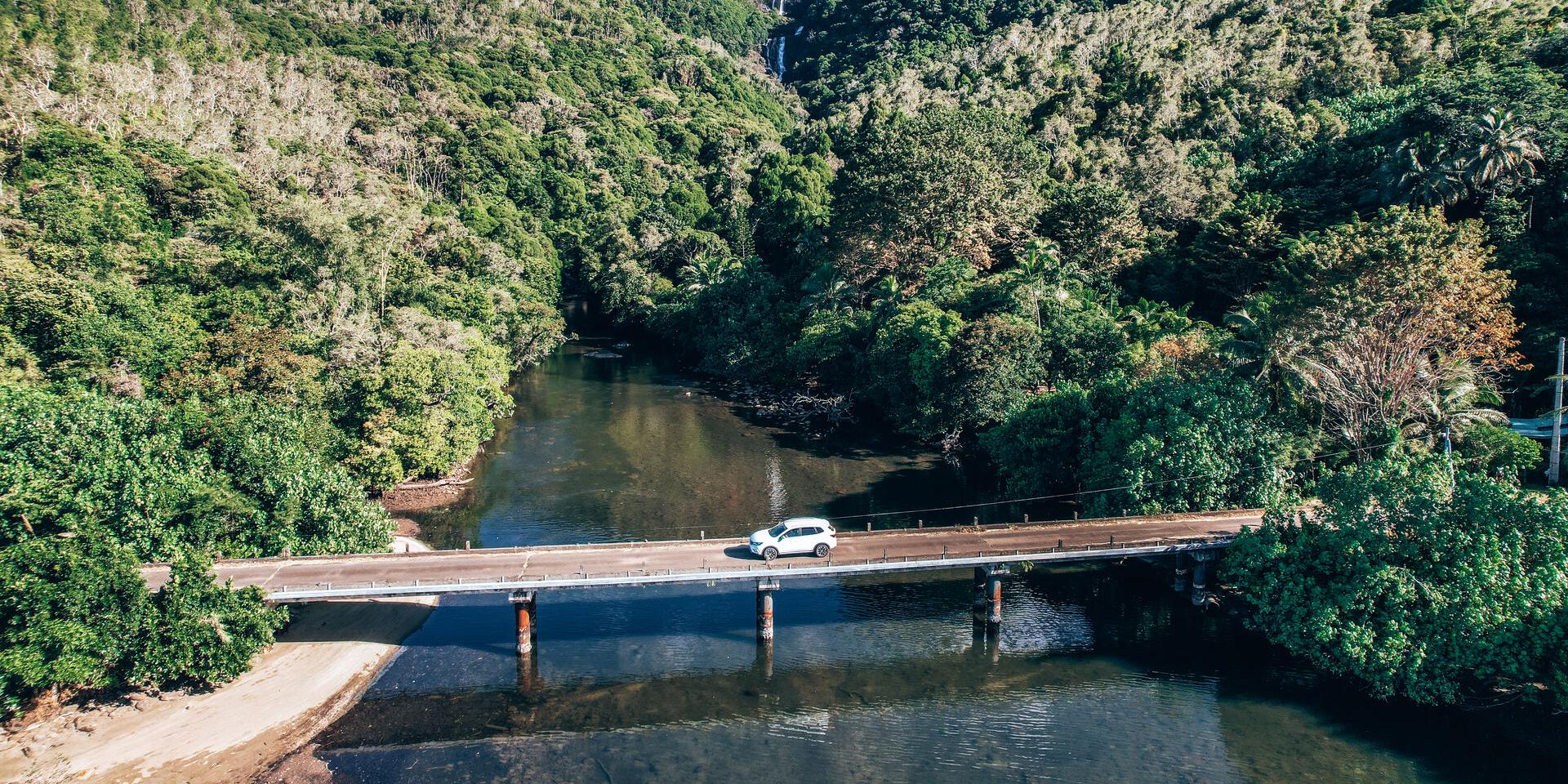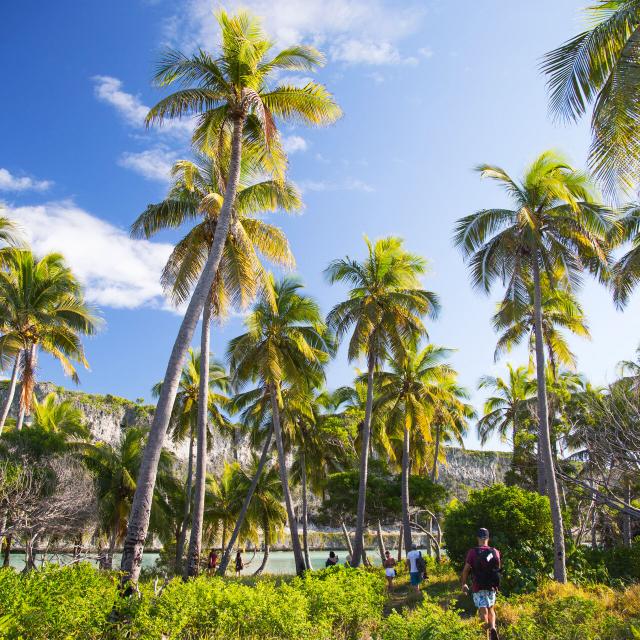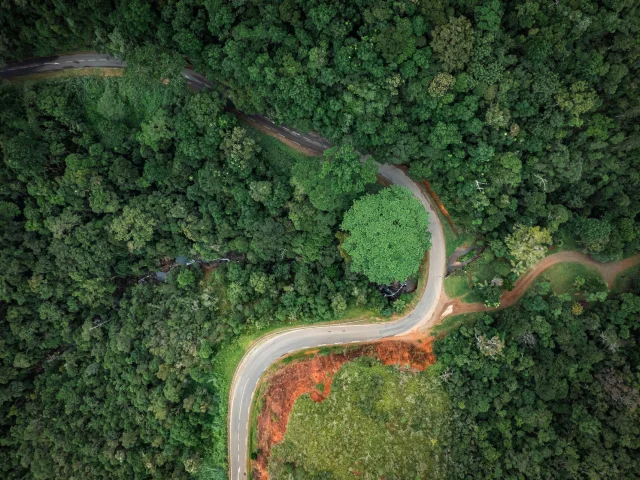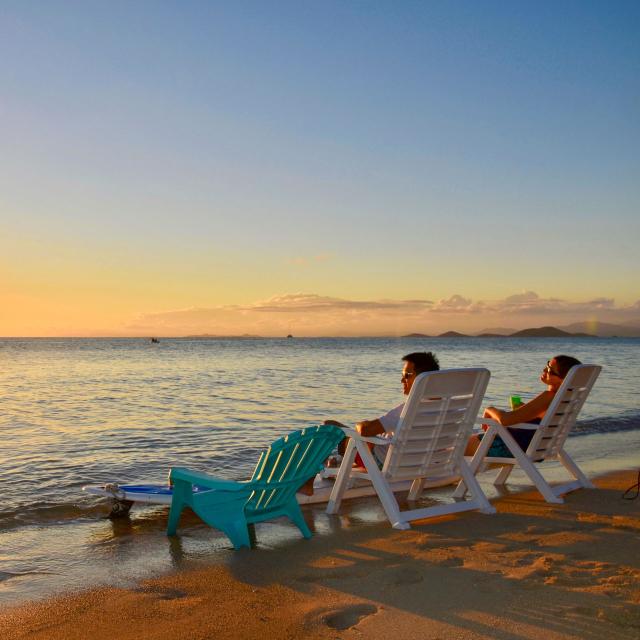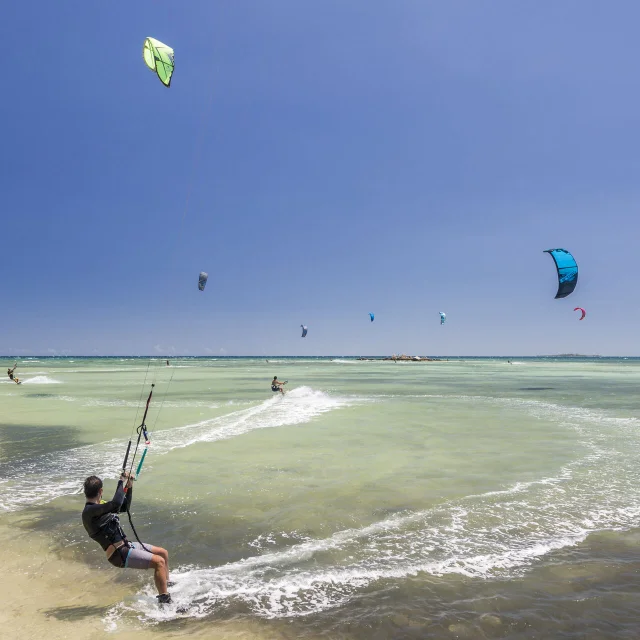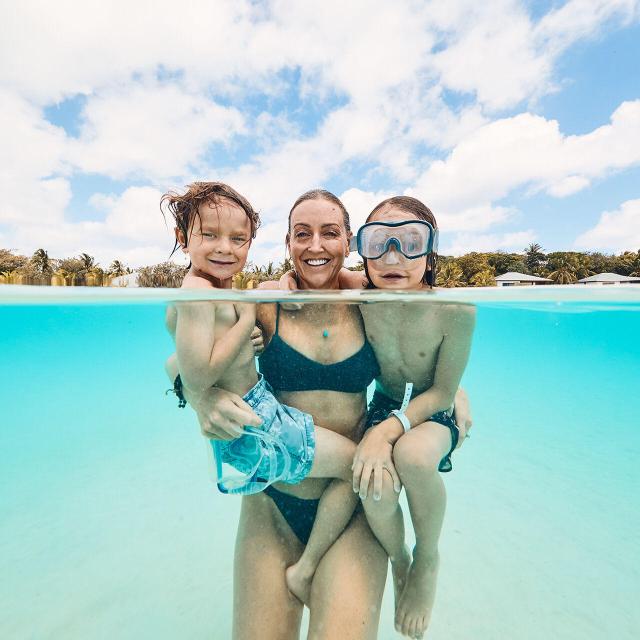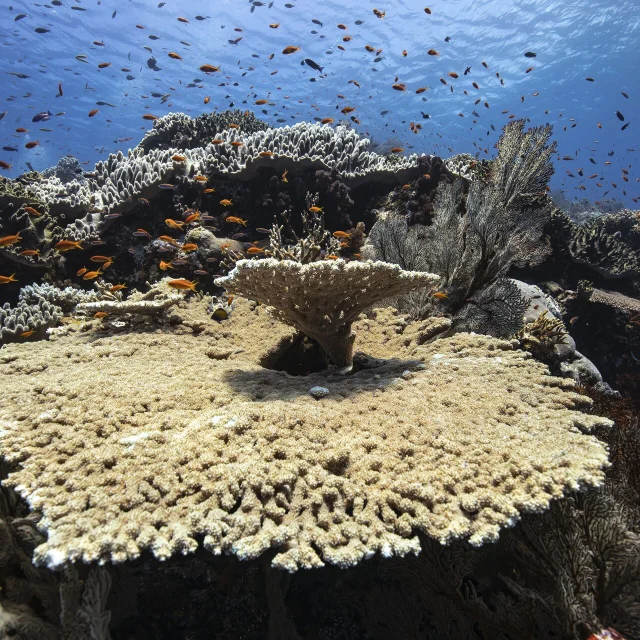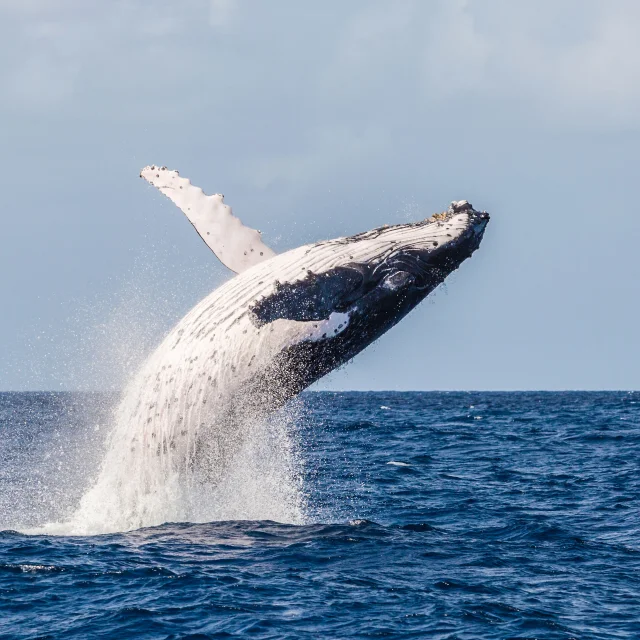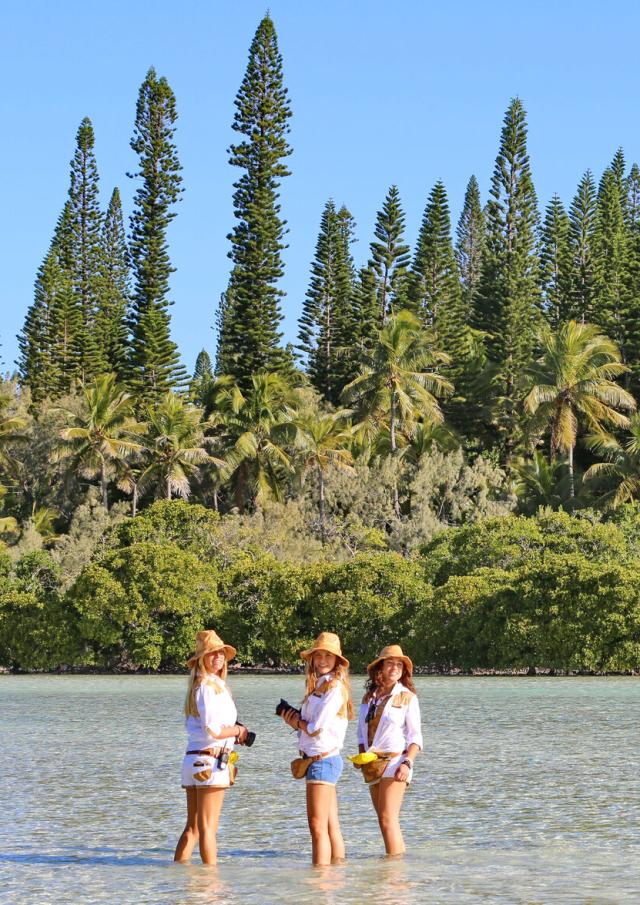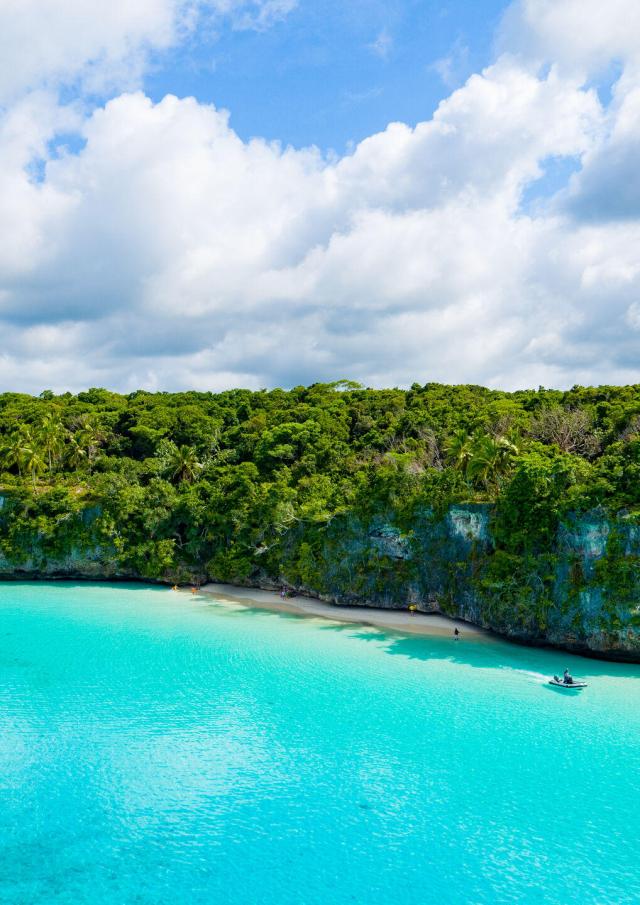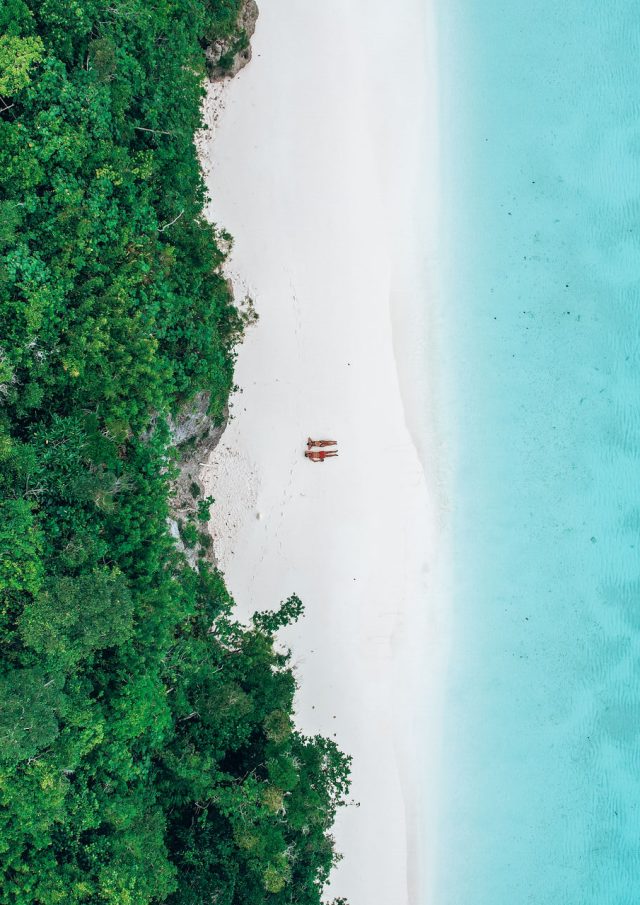Take Time to Explore Wide Open Spaces
New Caledonia is larger than it may seem. With a surface area of 18,575 km² — more than twice the size of Corsica — the archipelago also includes several islands to discover. It is therefore important to anticipate travel times and domestic connections, as distances between towns and islands can be significant.
For this reason, most long-haul travellers from Europe stay two to three weeks, while nearby Australians and New Zealanders generally spend around 10 days.
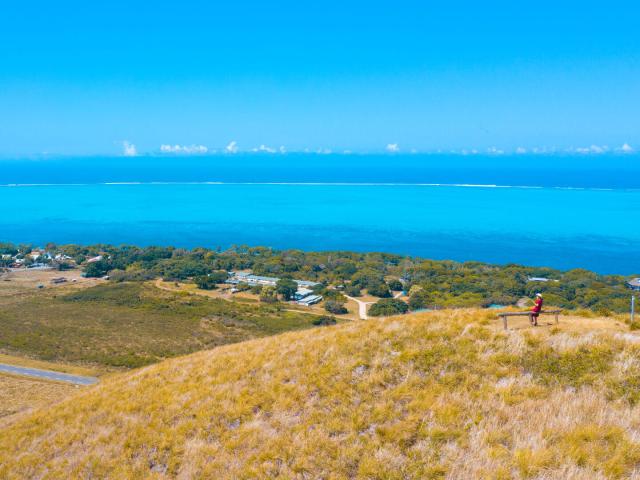 View on the lagoon from the Domaine de Deva in Bourail
View on the lagoon from the Domaine de Deva in Bourail